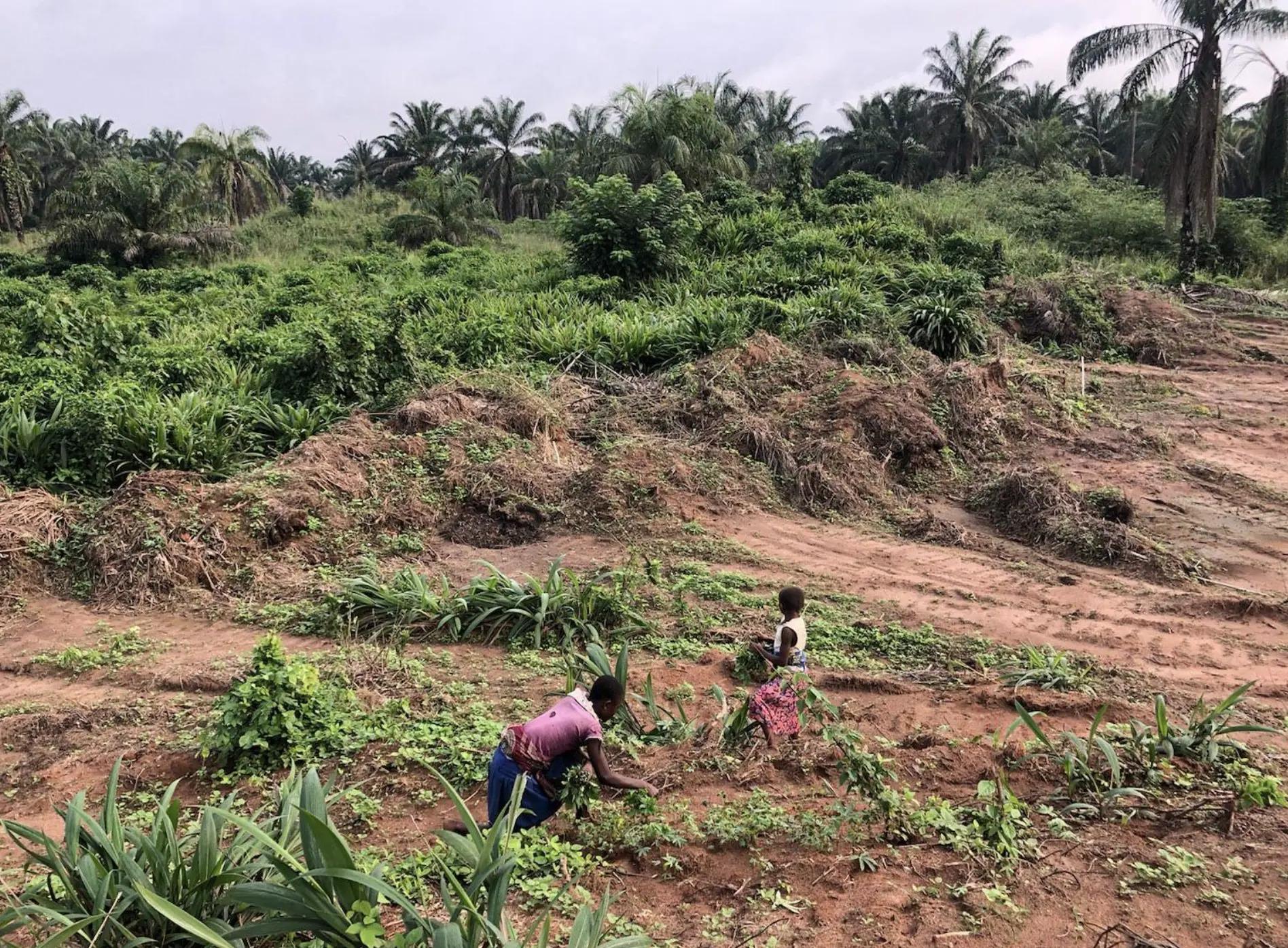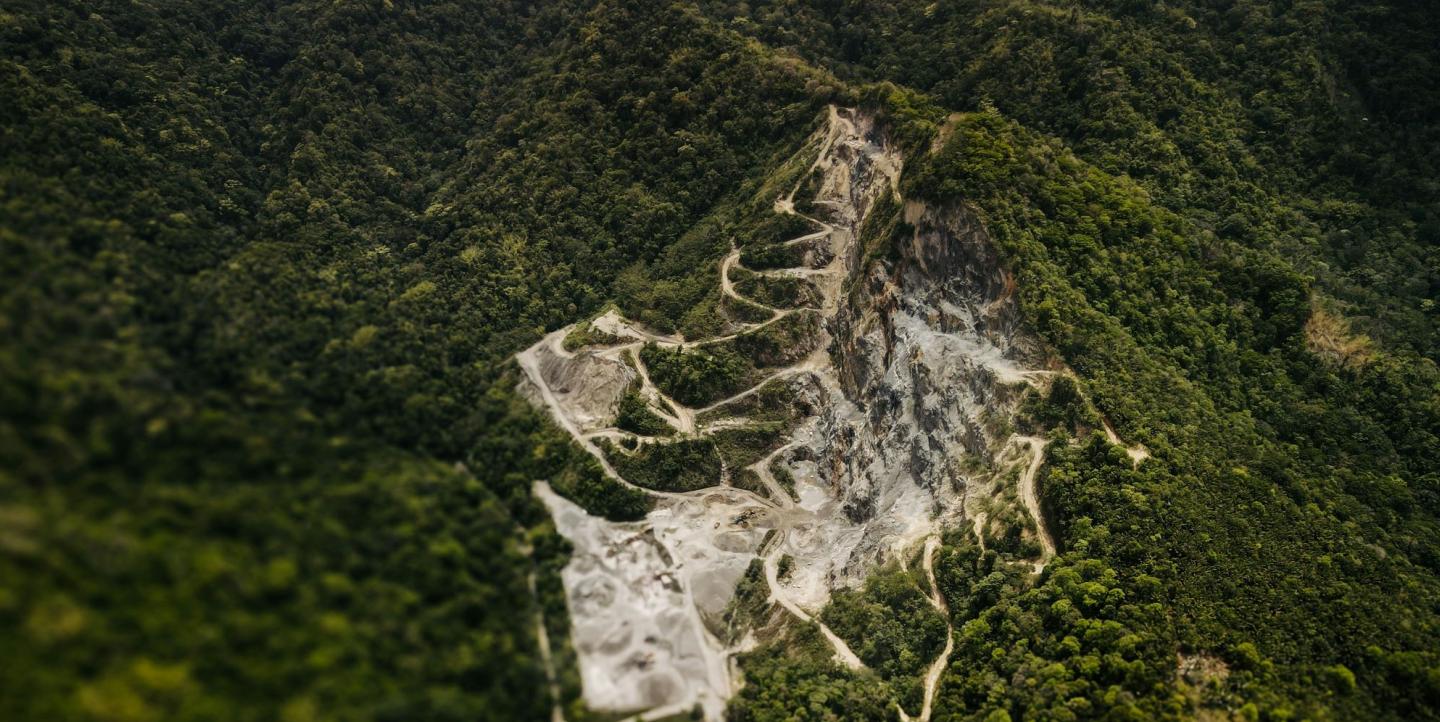Esta é a segunda parte da série do Pulitzer Center que revela os incentivos financeiros por trás dos danos ambientais. Nós mostramos como nossa equipe de pesquisa segue o dinheiro, apoiando nossos jornalistas que fazem a cobertura de problemas em florestas tropicais e oceanos. Você pode ler a primeira parte aqui.
Depois de descobrir quem são os donos de uma empresa, você talvez queira começar a analisar os investidores. Uma boa parte do financiamento da destruição ambiental vem de instituições que deveriam estar protegendo o nosso planeta. Muitas vezes, além do capital trazido pelos donos, as empresas são apoiadas por investidores, que podem ser indivíduos ou instituições, na maioria das vezes bancos, fundos de investimento ou governos.
Algumas das indústrias mais poluidoras e destrutivas são apoiadas financeiramente por governos, que deveriam proteger os recursos em seus países e desenvolver de forma sustentável os países nos quais investem. Bancos governamentais do Norte Global financiam a mineração e o desmatamento no Sul Global como parte de seus ditos investimentos em desenvolvimento.

Duas meninas colhem folhas de mandioca no lixão PHC. Crédito: Glòria Pallarès/El País. Congo, 2021.
Começando pelas empresas
Uma direção por onde começar a sua investigação é partindo das empresas, e então ver quem são os investidores delas. No caso de empresas privadas, você pode consultar o nosso artigo anterior e ler o guia de relatórios contábeis abaixo.
Quando se trata de empresas de capital aberto, os mercados de ações e as empresas negociadas em bolsa geralmente têm documentos sobre os investidores e acionistas em seus sites. Por exemplo, se você quiser ver quem são os investidores por trás da Coca-Cola, você pode ir no site da empresa e buscar pelas declarações anuais 10-K na seção Filings & Reports ou buscar pelas participações da empresa na NASDAQ.
Empresas de capital aberto normalmente também disponibilizam relatórios contábeis em seus sites oficiais, o que pode ser uma ótima forma de entender melhor as finanças das mesmas. Você pode descobrir muita coisa a partir disso, e nós abordamos esse ponto abaixo, na sessão sobre relatórios contábeis.
Nos Estados Unidos, as empresas de capital aberto também têm diferentes registros na Securities and Exchange Commission (SEC), agência governamental independente criada para fiscalizar manipulações no mercado. Você pode encontrar todos eles na plataforma online EDGAR.
- Formulário 10-K: relatório anual que inclui informações abrangentes sobre a situação financeira da empresa, investimentos e operações
- Formulário 10-Q: relatórios trimestrais que trazem atualizações sobre o desempenho financeiro da empresa e investimentos
- Declarações de procuração: documentos relacionados às reuniões de acionistas que incluem informações sobre acionistas importantes e remuneração de executivos
Relatórios contábeis
Nos relatórios contábeis, você vai encontrar um detalhamento dos lucros e perdas (o dinheiro que entra e sai), ativos líquidos e não líquidos (bens que podem ser vendidos facilmente, como equipamentos, e bens mais fixos, como imóveis), subsidiárias (empresas de propriedade da empresa em questão), proprietários (os donos delas) e investimentos. Tudo o que é de propriedade de uma empresa, incluindo ativos, subsidiárias e investimentos, também são chamados de participações.
Vamos detalhar onde você pode encontrar informações sobre investidores e investimentos nos relatórios contábeis das empresas (lembre que essas seções podem ter nomes diferentes):
Balanço Patrimonial
- Ativos: Essa seção lista todos os investimentos que uma empresa detém, incluindo investimentos de curto e longo prazo
- Investimentos em participações: investimentos especificamente em outras empresas podem ser listados aqui
Demonstração do Resultado do Exercício
- Renda de investimentos: ganhos de investimentos, como dividendos, juros e lucros ou perdas gerados pela venda de investimentos
Demonstração de fluxo de caixa
- Fluxos de caixa de atividades de investimento: detalhes sobre dinheiro gasto e recebido de atividades de investimento, como a compra e venda de títulos, propriedades, instalações, equipamentos e subsidiárias
Notas explicativas
- Essa seção dá explicações detalhadas e informações adicionais sobre vários itens das demonstrações financeiras, incluindo investimentos, estratégias de investimento, riscos e métodos de estimativa de valor da empresa
- Informações sobre investidores importantes, investimentos em subsidiárias, empreendimentos conjuntos e associados
Discussão e análise de gestão
- Essa sessão traz contribuições da gestão da empresa sobre os resultados financeiros, incluindo o desempenho e a estratégia por trás dos investimentos
Informações sobre acionistas
- Na maioria das vezes incluída no relatório anual, essa parte dá detalhes sobre os principais acionistas, estrutura acionária e mudanças significativas na estrutura proprietária
Cronograma de investimentos
- O cronograma detalhado lista para as empresas, principalmente as do setor de investimentos, todos os investimentos individuais, incluindo valores de mercado e tipos
Começando pelos investidores
Você também pode começar sua investigação analisando os investidores em vez das empresas nas quais eles investem. Um bom ponto de partida é a Forest 500, que identifica empresas e instituições financeiras (bancos, fundos, etc) com a "maior exposição ao risco de desmatamento tropical" e avalia as empresas anualmente.
Há muitas organizações do tipo que focam em investimento (não)sustentável:
BankTrack
Monitora as operações e investimentos de bancos comerciais para assegurar que eles não estão financiando projetos que prejudicam o meio ambiente. A organização tem uma campanha chamada Banks and Nature, voltada para o impacto ambiental do financiamento bancário.
Forests & Finance
"A Forests & Finance avalia os recursos financeiros recebidos por mais de 300 empresas diretamente envolvidas na cadeia de suprimentos de carne, soja, óleo de palma, celulose, papel, borracha e madeira." Historicamente, essas cadeias de suprimentos têm um risco alto de serem ligadas ao desmatamento ilegal. O site inclui uma base de dados que permite pesquisar e filtrar conexões financeiras em cadeias de suprimentos.
Reclaim Finance
Essa organização faz pesquisas e campanhas para a melhoria das finanças do ponto de vista ambiental. O trabalho inclui a publicação de relatórios sobre diferentes problemas e monitoramento de investimentos em carvão, petróleo, gás e energias renováveis, listando instituições financeiras e os projetos apoiados por elas.
A organização também é especializada em campanhas focadas no papel do setor financeiro na mudança climática. Ela defende o desinvestimento em combustíveis fósseis e promove a sustentabilidade das finanças.
ShareAction
A ShareAction trabalha com investidores e formuladores de políticas para aproveitar "o poder dos investimentos para o progresso social e ambiental". Há iniciativas para ranqueamento de investidores, bancos e seguradoras, engajamento de acionistas e elevação dos padrões bancários.
Responsible Investor
Veículo jornalístico voltado para negócios que faz a cobertura da sustentabilidade nos mercados financeiros, com foco em como os investidores incorporam práticas ESG em suas políticas e processos.
Corporate Knights
Organização de mídia e pesquisa que publica sobre a "economia sustentável" por meio de rankings, relatórios e avaliações de produtos financeiros. Eles têm uma lista chamada "As 100 Empresas Mais Sustentáveis do Mundo", que é lançada anualmente durante o Fórum Econômico Mundial.
InfluenceMap
Centro de reflexão que analisa o impacto dos negócios e das finanças na crise climática. Eles têm um outro site, FinanceMap, uma base de dados que "analisa o setor financeiro sob uma óptica climática".
Este artigo foi originalmente publicado pelo Pulitzer Center. A versão editada foi republicada na IJNet com permissão.
Foto por Renaldo Matamoro via Unsplash.

